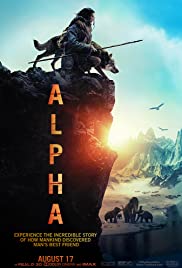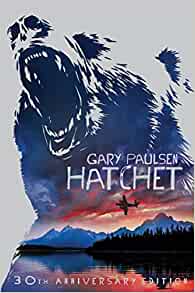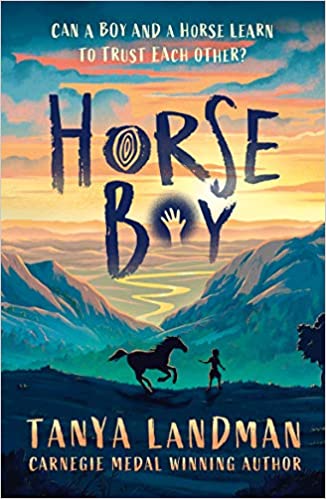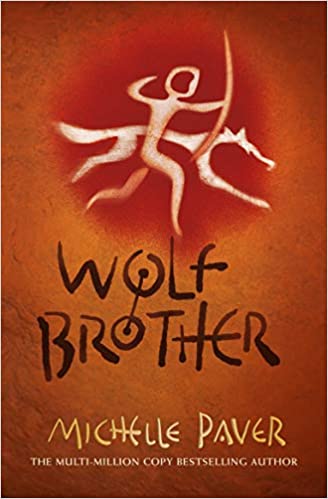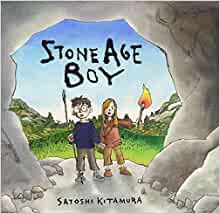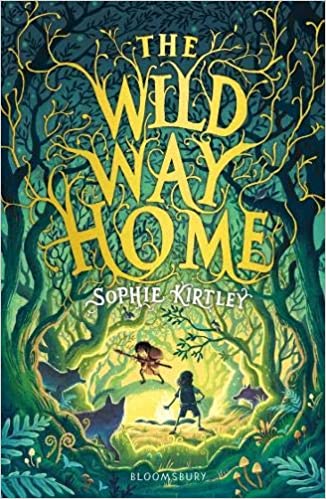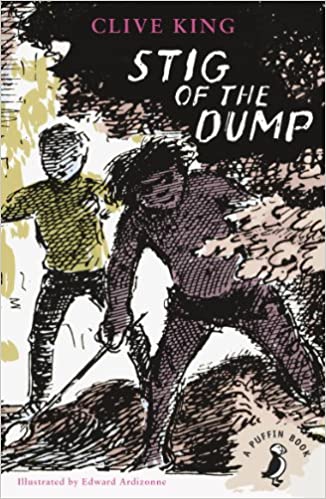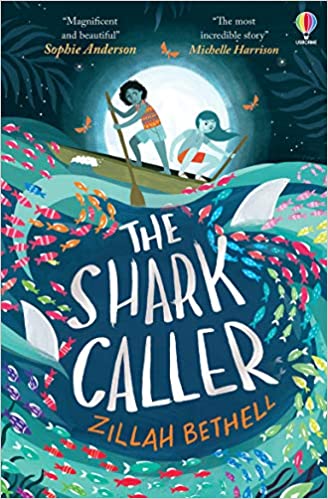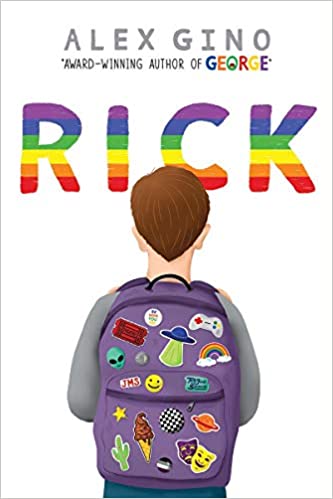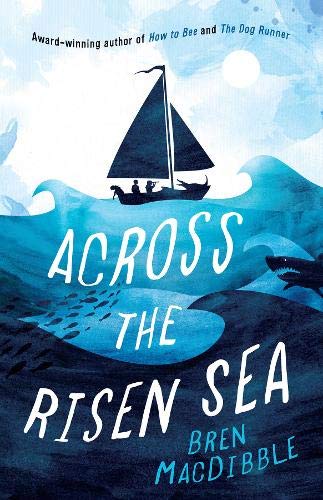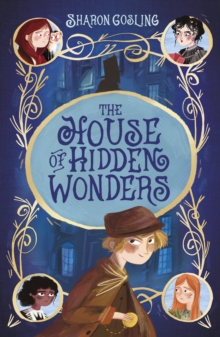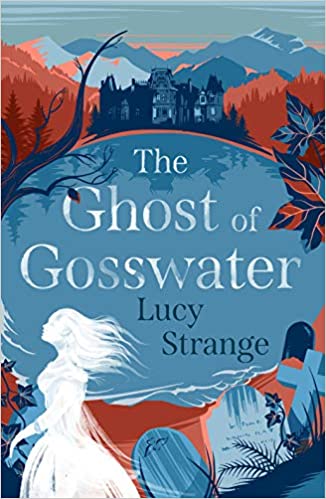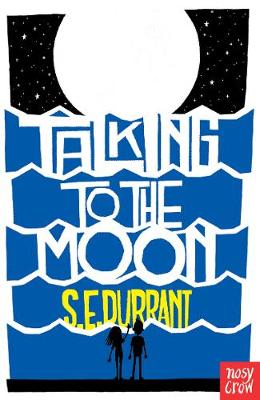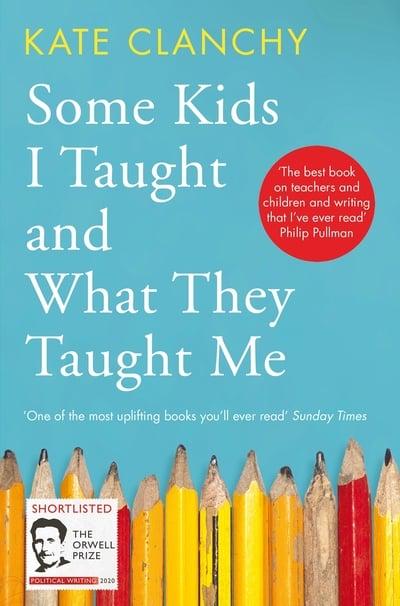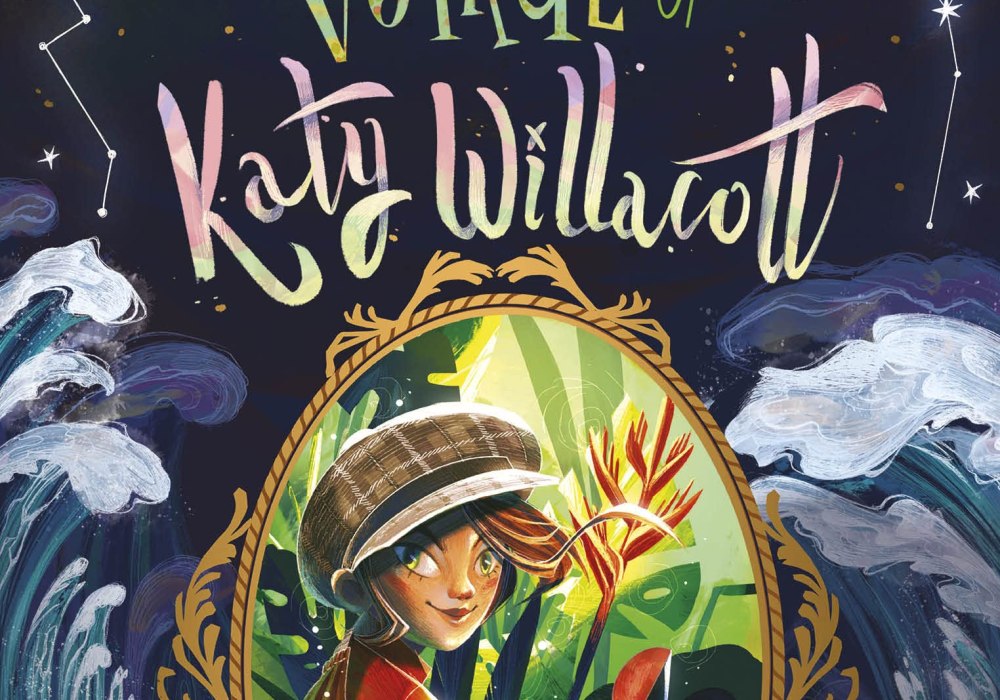
The Extraordinary Voyage of Katy Willacott by Sharon Gosling
Katy Willacott is frustrated by everyone’s Victorian expectations that she will follow in her mother’s footsteps and take on the role of botanical taxonomist at Kew Gardens. Instead she dreams of travelling the world, following the stars and researching meteorites and plant specimens. When she meets Fran Brocklehurst, journalist and international explorer, she realises that there are ‘extraordinary women doing extraordinary things’. Impulsively she runs away to sea, dressed as a cabin boy, and joins the crew of the SS Alerte, a ship transporting naturalist Sir Thomas Derby (her fathers’ boss at the British Museum) and his team to retrieve a meteorite which has been observed landing somewhere in Brazil.
But all is not as it seems. Sir Thomas is a thoroughly unpleasant man, with no interest in the care and welfare of other people, but only in pleasing himself. Fearful that he will recognise her, Katy stays out of his way and works hard enough on ship to earn the liking and respect of her crew members. When they arrive in Salvador, the Captain allows Katy to disembark, warning her that they will sail without her if she is not back in time. Katy sets off on her own expedition, making friends with some local children who take her to their village in the rain forest, where she is distressed to learn there have been hunters destroying the wildlife and rubber plantation owners using local people as slaves.
How can Katy help her new friends, find the meteorite she left home to seek and discover what the disreputable Sir Thomas Derby is up to without revealing her own disguise or putting the welfare of the crew and herself at risk?
The reaction of Katy’s family and her friend Edie, to her expressed desire to travel and explore, is very typical of Victorian attitudes to women and particular to daughters in the families with sons. The reader is transported by Katy’s enthusiasm and passion for her subject and her determination to follow her dreams no matter what, despite the almost implausibility of her dressing as a boy. It seems incredible that she manages to cross the Atlantic without either crew or passengers discovering her identity, but having done so, she is extraordinarily self assured in using her wit and common sense to locate someone who can help her find the meteorite. The discovery of Sir Thomas Derby’s sinister activities puts the return journey on edge, despite the brief appearance of her hero Fran Brocklehurst, sent by Katy’s family to find her and return her home. But worse, and in keeping with the times in which this story is set, when she returns home her father grounds her and refuses to even discuss her journey or the reasons behind her behaviour, in fear for his job and their livelihood after threats from Sir Thomas Derby. This is heartbreaking for Katy and it seems as if the story will end in despair, with Katy and her mother writing up the samples Katy brought back with her in a journal as the only compensation. But then a command from her father to attend the opening of the new Natural History Museum by Sir Thomas reveals all the lies, with help from the friends she has made on her travels and Fran Brockenhurst herself. It seems her father had read her own journal of her time in Brazil, realised he was making a mistake in punishing her and with everyone’s help, set expose Sir Thomas Derby for the charlatan that he is and have the meteorite which lies in pride of place in the new museum accredited as being found by Katy Willacott.
But that’s not all, In addition to all the main characters in the story, from journalist Fran Brocklehurst to Dr Whitaker the naturalist accompanying Sir Thomas to Captain Roberts and the loyal crew of the Alerte to the orphan children of the Bahia rainforest..the one character that steals the show is Shadow. Fed and cared for by Katy when she rescues the children from the wrath of a stall holder, Shadow grows from a tiny underfed kitten to a large black jaguar! It is Shadow who, at the beginning of the story, saves the children from being shot by hunters by leading them to the secret place where Katy also discovers the meteorite. The childrens grandfather calls him ‘the spirit of the rainforest’.
Totally devoted to Katy, despite being told to stay with the children in the rainforest, Shadow follows Katy back onto the boat and accompanies her on her return home to England. The crew save the big cat’s life, when Sir Thomas discovers her and insists she is thrown overboard, but it is a struggle for Katy to keep poor Shadow constrained to her cabin when the big cat is used to having the run of the whole rainforest. She is unfortunately discovered by Sir Thomas’s secretary Mazarin, and in order to bribe him to keep quiet, Katy offers the meteorite in return for Shadow’s safe passage & assurance that the Captain and his crew will keep their jobs.
There is a lot which could be explored in this story with complimentary texts, the first one that comes to mind is the quite old(1994) but vivid picture book by Paul Geraghty ‘The Great Green Forest’, if only to give a sense of the colour, movement and sounds of the rainforest provided by the wildlife that lives there. Books on Victorian leisure and scientific developments will link directly with the storyline of the development of the Natural History Museum and the common practice in Victorian times of taxidermy, with all the conservation and appropriation issues this holds. Examples of Victorian botanical drawings will also be directly relevant to the text (though finding books for children on this topic could be challenging, however most adult publications, being annotated illustrations in the most part, may be equally applicable).
Obviously any childrens book on the Victorian era covering botanists, naturalists and explorers, (particularly female ones such as Mary Kingsley), Charles Darwin, Alfred Russell Wallace(Darwin’s Rival by Christian’s Dorian) and Joseph Hooker (Kew:Darwin and Hooker by Alexandra Stewart) would be perfect supportive texts, as would anything on the deforestation of the rainforests, in particular in the Amazon, though the principles are the same the world over. The whole issue of appropriation which is covered in this story book, and neatly summarised by the grandfather as: ‘not everything is for you, even if you think it is.’ segues into issues around colonisation and the slave trade. A good example text on this topic would be ‘Slavery’ by Catherine Chambers. There are many childrens books in the environment and conservation which cover the perils of destroying habitats for short term gain(the National Geographic and Eyewitness guides look at this in greater depth but for a simpler guide try ‘All the way down’ by Alex Woolf and there are books on the people of the rainforests (‘The Vanishing Rainforest’ by Richard Platt though old is still relevant today), whose livelihoods and the amazing wealth of knowledge about the properties of their native species (try ‘Rainforest Warrior’ by Anita Ganeri) is being eroded by the demand for palm oil and other food and energy sources.
